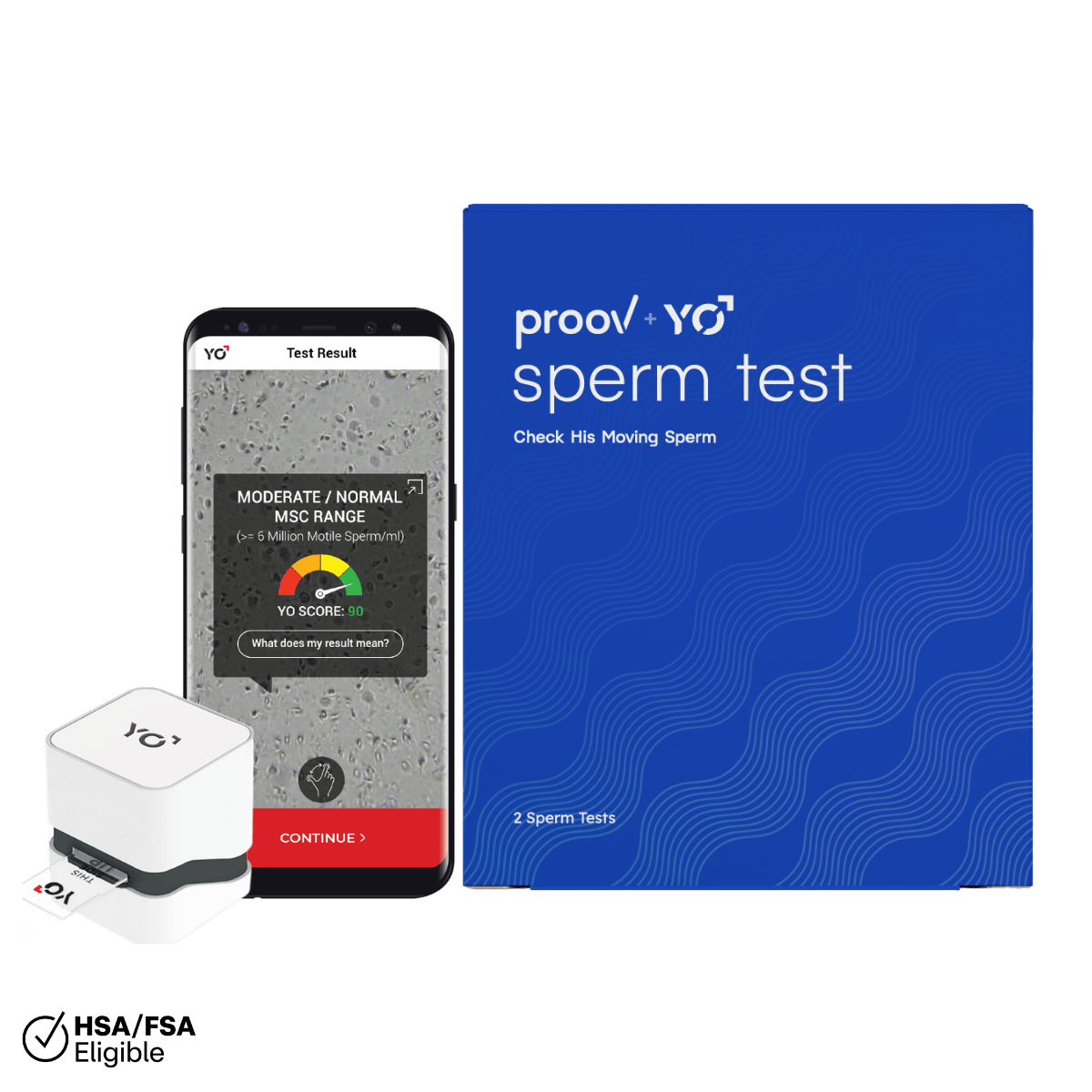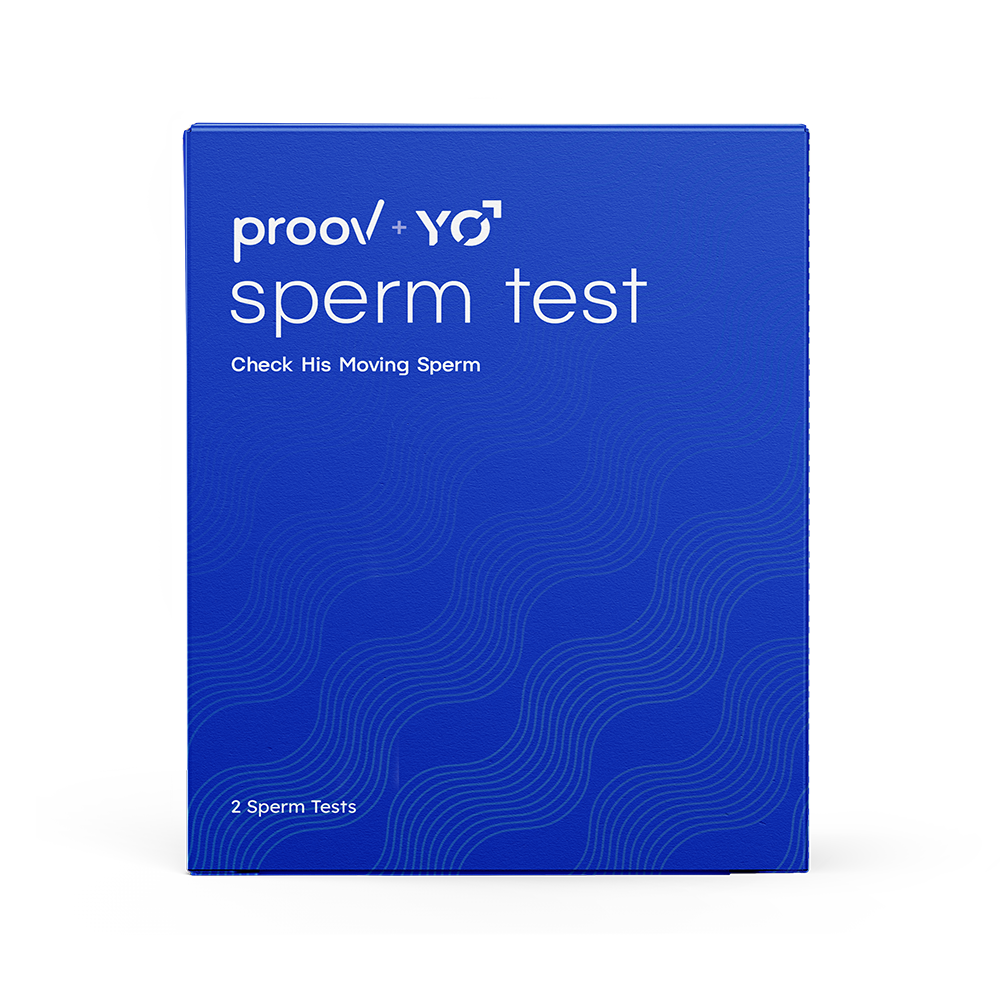Written by: Dr. Amy Beckley, PhD, Founder and Inventor of the Proov test – the first and only FDA-cleared test to confirm successful ovulation at home.
If you’re trying to conceive, you may have heard a little about progesterone (or, if you haven’t, we’re about to tell you)! Progesterone is one of the most important hormones you can learn about and track on your journey to conceive, but since progesterone levels change so much during your menstrual cycle, it can be confusing to know what’s normal and what’s not.
We’re here to break this down, though! Progesterone levels are pretty low during the first half of the cycle (the follicular phase), so we’ll focus on progesterone during the second half of your cycle, after ovulation.
So let’s start by going over what your progesterone levels look like during the different parts of the luteal phase, and why it matters!
Progesterone Levels by Day after Ovulation
1-6 days past ovulation

Immediately after ovulation, luteinizing hormone acts on the empty follicle to turn it into the corpus luteum. The corpus luteum is responsible for producing progesterone all through the luteal phase (and into early pregnancy until the placenta takes over) and begins its important job right away.
Sometime during days 1-6 after ovulation, progesterone levels begin noticeably rising. They start very low, typically at less than 1 ng/mL in serum. After an average of 3 days, a progesterone rise can be detected in urine, as progesterone heads towards its peak.
During days 1-6 after ovulation, a fertilized egg (if present) is moving through the fallopian tube and making its way to the uterus. Progesterone is beginning to stabilize the uterine lining, to keep it from shedding too early while it waits for the egg.
7-10 Days Past Ovulation (The Implantation Window)

Typically, progesterone levels hit their peak during days 7-10 after ovulation, and remain elevated and sustained during this time. While progesterone in serum should reach at least 5 ng/mL if you ovulated successfully, averages range from 2 - 25 ng/mL.
Why is sustained, elevated progesterone so important during this time? It’s because by approximately 7 days after ovulation, the fertilized egg has made it to the uterus and will attempt to implant in the uterine wall. If progesterone levels are high enough for long enough, it will stabilize the uterine wall and lead to the best chance of implantation.
That’s why this time is called the implantation window, and if you’re TTC, the implantation window is critical to getting and staying pregnant! Studies show that elevated, sustained progesterone is correlated with a higher successful pregnancy rate.
You can think of progesterone’s actions during the implantation window as similar to building a foundation for a house. If the uterine lining, or the foundation, isn’t sound, it will significantly decrease the chances of a pregnancy occurring. That’s why healthy progesterone levels are so important.
11+ Days Past Ovulation

After the implantation window, if an embryo did implant, the amount of progesterone will continue to increase to support the new pregnancy! The corpus luteum will keep making progesterone until about 10 weeks, when the placenta takes over.
If an embryo didn’t implant, progesterone levels will slowly begin to drop and the uterine lining will be destabilized. After a few days, you’ll get your period, when progesterone has hit a low again and the uterine lining is ready to be shed!
Progesterone dropping during the late luteal phase is unfortunately related to PMS, PMDD, and other unpleasant symptoms as your period approaches. If you’re experiencing spotting or severe mood swings, these could be symptoms of low progesterone.
What if my progesterone drops too soon?
If progesterone begins to drop before day 11 after ovulation, this can cause what’s called a luteal phase defect and can contribute to infertility. Another way to think of this is that after ovulation, your period comes sooner than it’s supposed to. Or, even if your period comes when it’s expected, you may experience spotting a few days before.
Basically, since progesterone stabilizes the uterine lining, if progesterone drops too soon, the fertilized egg won’t be able to implant. It’s also possible the embryo can implant, but miscarriage occurs soon after due to low progesterone. Low progesterone during the implantation window is associated with a higher miscarriage rate, so if you’re TTC and you suspect your progesterone is dropping too soon, it’s important to get tested.
Even if you aren’t TTC, progesterone dropping too soon may cause symptoms, and may be indicative that you aren’t ovulating successfully. Since ovulation is an important sign of your overall health, it’s worth learning more!
How can I test my progesterone levels?
There are two ways you can test your progesterone levels, and in both cases it’s typical to do it during the implantation window, so you catch your progesterone at the highest point!
- Blood test: Your doctor can do a progesterone blood test at the clinic, and this is usually ordered on cycle day 21 or, if you’ve tracked ovulation, 7 days after ovulation. Since progesterone levels fluctuate day to day, this may or may not be representative of your progesterone across the entire implantation window.
- Proov Confirm PdG Test: Proov Confirm tests for PdG, a metabolite of progesterone that reflects the average of progesterone levels over the previous day to confirm successful ovulation. With Proov Confirm, you’ll test days 7-10 (the implantation window) to understand if you ovulated successfully! Proov Confirm is FDA-cleared, used at home, and consists of a simple urine test.
Now you know all about how your progesterone changes throughout the cycle! If you’re interested in learning more about why progesterone is so important, and how to support your progesterone levels, check out “What does progesterone do for women?”
Shop Proov Confirm here.
Unlike traditional ovulation tests which measure LH, Proov Confirm analyzes PdG, a urine marker of progesterone. Progesterone is the hormone that is required for implantation and prgnancy.
High PdG levels in the second half of the cycle confirm you actually ovulated AND studies show elevated PdG levels during the implantation window can increase pregnancy rates up to 75%* helping you get pregnant faster.
No other brand will analyze your PdG levels during implantation and provide access to supplements or prescription support to help you optimize your ovulation. thanks to our patented, Proov-exclusive protocol.













